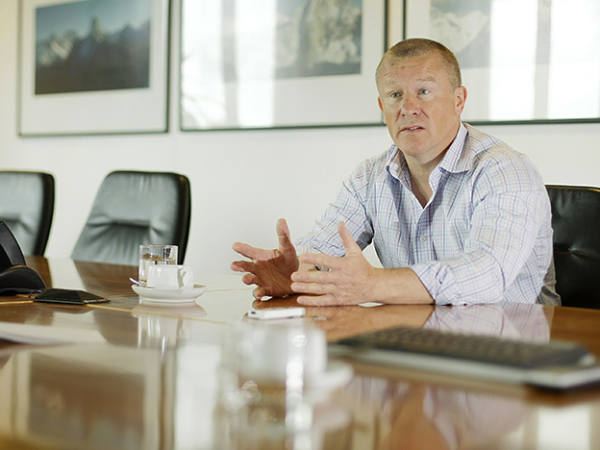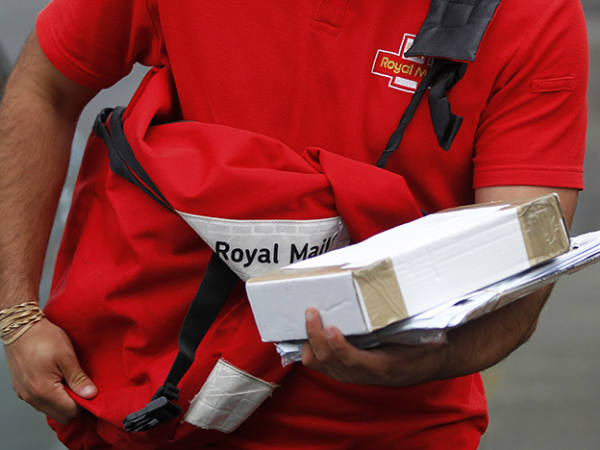With continuing uncertainty about the future of the euro, investors are increasingly turning to perceived safe havens (read more on safe havens). Fixed-income funds have proved the most popular asset for eight consecutive months, according to figures from the Investment Management Association (IMA), the trade body for the British funds industry. But bonds are a very diverse asset class, with different risks and return characteristics. And none is risk free.
In the current market there is no one right place to invest, according to bond fund managers. "I advise diversity, diversity, diversity," says Robert Senz, chief investment officer for global fixed income at asset manager Raffeisen Capital Management. "Don't expose yourself to one risk, as uncertainty is greater than ever before."
Mr Senz says balanced portfolios run by professional investors are typically using exposure to the healthier parts of Europe (Germany, Scandinavia) as their core, and adding in some smaller allocations to riskier but higher return areas such as high-yield and emerging market debt.
As well as mixing different asset classes, professional bond investors are tapping into more unusual areas. These include mortgage- and asset-backed securities, which are much maligned since the financial crisis because some of these had exposure to US subprime mortgages. However, some segments of this market now offer high quality.
It is not just about choosing asset allocations, though: managers look at areas such as duration and the correlations the various different types of bonds have with other assets. Phil Milburn, manager of the Kames Capital Strategic Bond Fund, also considers factors such as how to get a total return; liquidity; and balancing the portfolio evenly.
It is also important to have an idea when to move in and out of different areas. For example, high yield has done well, but now some analysts are advising that investors stay away from this area. "The high-yield bond market tends to be more closely correlated with equities than we have seen recently," says Adrian Lowcock, senior investment adviser at Bestinvest. "This suggests that either high-yield bonds will fall in price to realign with equity values or equity prices will rebound and make up the losses we have seen in recent months.
"It is risky to read too much into too little information. If the outlook for the eurozone or the US deteriorates we could see high-yield bonds join equities in further sell-offs. But if things improve then equities are likely to rebound from their recent losses, providing a better return for investors as bonds are unlikely to move. We are looking to reduce exposure to high-yield bonds in favour of UK equity income funds."
Getting access
Choosing bonds is generally more difficult than choosing equities because there is so much macroeconomic research needed, as well as scrutiny of company fundamentals. And many private investors would struggle to construct a properly diversified bond portfolio, since those issues available in small denominations tend to be concentrated in sectors like finance and retail. Hence the popularity of bond funds.
While a bond fund may have a named lead manager, in reality there is a team behind it that will include an economist and maybe tens of analysts, because of the volume of research needed to put together a fixed-income portfolio.
Mr Lowcock suggests corporate bond funds for your core fixed-income defensive exposure, alongside some strategic bond funds. If you have a higher risk appetite and a longer-term time horizon, you could allocate 1-2 per cent to emerging markets debt funds.
An alternative option would be to focus the fixed-income portion of your portfolio entirely on strategic bond funds, as these have the ability to allocate across all areas of the fixed-income spectrum. How many strategic bond funds you hold will depend on the amount of your portfolio allocated to fixed income and its overall size. If a substantial portion, for example around 40 per cent or more, is allocated to fixed income, Darius McDermott, managing director of discount stockbroker Chelsea Financial Services, suggests you split the allocation between three or four funds. "All these funds may all sit in the same sector, but they do things quite differently to each other," he explains.
If your portfolio is smaller in size, however - or you do not have much allocated to fixed income - then one strategic bond fund would still give you a broad enough spread. (Read more on strategic bond funds).
For those with a cautious risk appetite, strategic bond funds are not the right choice given that at times they can be heavily invested in higher-risk areas such as high-yield debt and emerging markets, and use derivatives. Given these funds have the flexibility to shift allocations, what seems like a cautious fund could have a very different portfolio in the space of months. "Strategic bond funds are higher risk than corporate bond funds but over time their flexibility and diversification should mean they are lower risk," adds Mr McDermott.
That said, if you are not comfortable with strategic bonds, stick to corporate bonds (read more safer funds for income). Remember, however, that because these are less flexible you take on interest rate and inflation risk. If inflation rises above what the fund is offering it will erode your real return.
Another risk is playing around with your portfolio too much. Despite the gloomy market outlook, you should not change your overall portfolio allocation too much. "Investors have a tendency to make too many short-term decisions," says Mr McDermott. "If you have a long-term investment horizon you shouldn't be making massive changes to your asset allocations - continue to base asset allocation on your timeframe and risk tolerance."
Although equities are currently better value than bonds, Mr Lowcock says: "You could maybe take a bit out of bonds and take advantage of cheap equities, but only a small tweak. Equities could get even cheaper - we just don't know. Focus on your investment goals - what happens in the next three months shouldn't drive your returns and goals in the next five to 20 years."
Income cautious asset allocation
| Asset | % |
| UK equities | 16 |
| International equities | 8 |
| Corporate bonds | 35 |
| High-yield bonds | 9 |
| Commercial property | 11 |
| Absolute return | 12 |
| Commodities | 3 |
| Cash | 6 |
Source: Bestinvest
Growth moderate allocation
| Asset | % |
| UK Equities | 27 |
| International Equities | 34 |
| Corporate Bonds | 14 |
| High Yield Bonds | 6 |
| Commercial Property | 4 |
| Absolute Return | 9 |
| Commodities | 3 |
| Cash | 3 |
Source: Bestinvest
Choosing a Bond fund
For exposure to corporate bonds, Mr Lowcock suggests Royal London Corporate Bond Fund, which yields an attractive 6.17 per cent (see profile). He also likes M&G Strategic Corporate Bond Fund, which is a corporate rather than strategic bond fund despite its name (read our profile).
Other corporate bond fund options include M&G Corporate Bond, Fidelity Moneybuilder Income (read our profile) and Henderson Sterling Bond.
For strategic bonds, Mr McDermott favours L&G Dynamic Bond (read our tip), Kames Strategic Bond, M&G Optimal Income (read our profile) and Jupiter Strategic Bond (read our profile). A strategic bond fund that tends to remain more conservatively invested despite its flexible mandate is Fidelity Strategic Bond (read our profile).










